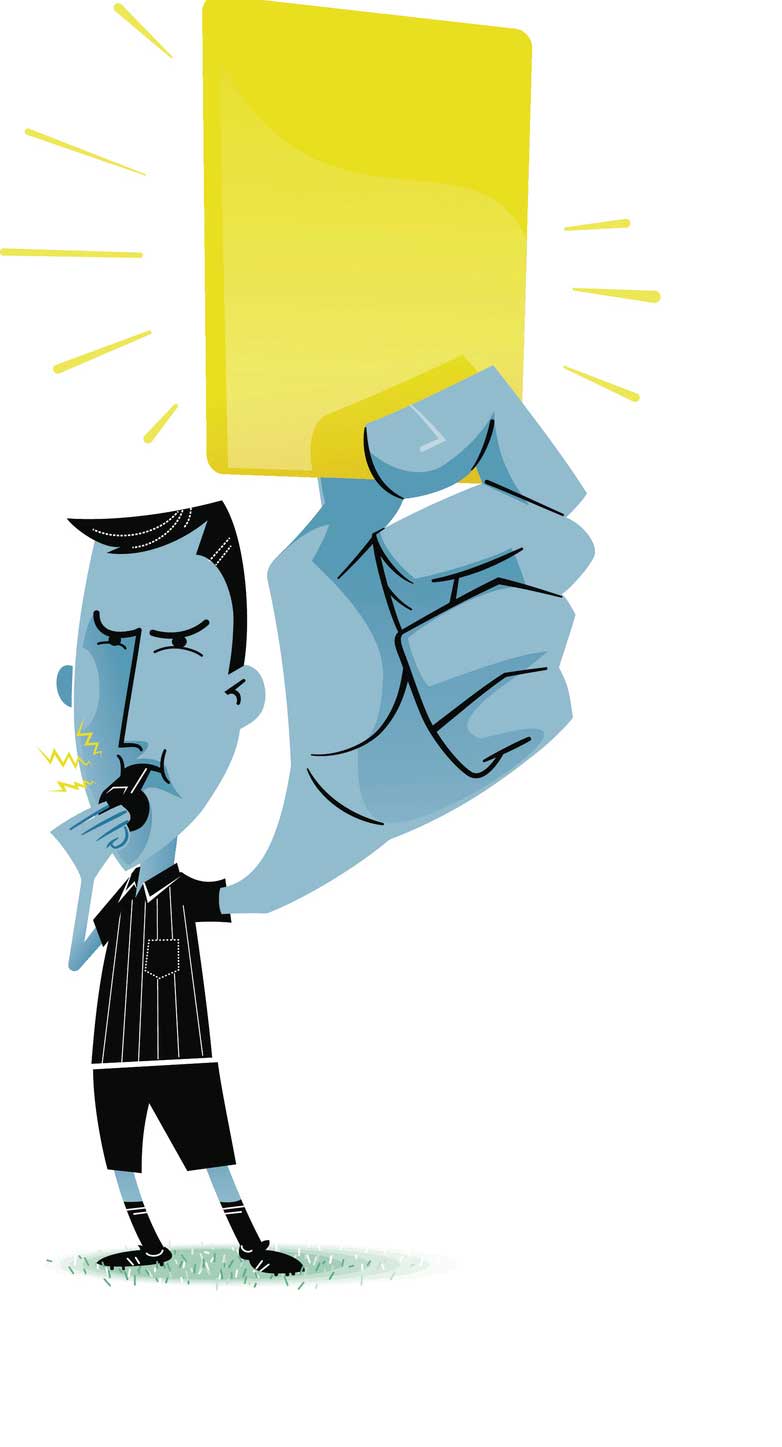10 May 2025
Independent chair of the Association of Microchip Database Operators Phil McKinnon takes a deep dive into the latest technology and database developments…

Image: iStock / gintas77
You’d think that by now there would have been much more innovation in the field of radio frequency identification (or RFID) microchips. Well, there has, just not in the transponders we use for animal identification.
As early as 1998, implanted microchips in humans have been used to open doors, switch on lights and perform other tasks in buildings. In 2010, a British scientist demonstrated how a microchip could be infected by a computer virus and that virus passed on to other devices and systems. In 2014, they were used to store private Bitcoin keys and in 2015, to send a Bitcoin payment worth €1.
There are many more examples, but they all rely on the very thing that is undesirable in animal identification – that the device is writable or re-writable. ISO 11784 and UK law require a microchip to be a read-only device programmed with a unique number so there can be no confusion over the identity of the animal.
Unfortunately, even this simple requirement has been compromised in recent months with one UK supplier issuing a recall notice to its implanter customers to recall 1,300 batches of microchips with “incorrect or duplicated identification numbers”. That’s at least 13,000 microchips. Not a problem, you might say, for a hyper-diligent and hyper-vigilant implanter who checks every microchip number before implantation and while implanting a litter or multiple animals notices another microchip (or several) in the same batch have the same number.
This should never happen. Each manufacturer is required by ICAR (International Committee for Animal Recording) to have stringent controls on the numbering process to prevent such errors. And for the microchip supplier not to have controls in place to pick up that there were duplicate numbers when loading them to their backtrack system is sloppy – some might say unforgivable.
The supplier’s advice if a duplicated number had already been implanted? Implant another. But that’s no use because you can’t “cancel” the other microchip. How will they handle multiple registrations of pets and keepers against one microchip number?
A new chip won’t solve the problem because the duplicated number could come up a hundred times in a row when the animal is scanned and the replacement number never found. The impact on reunification and the effort and knowledge required to investigate to a successful conclusion is significant.
Apart from the odd rogue incident, though, the system has been robust for the best part of 30 years since ISO 11784/11785 (also known as FDX-B) was introduced in 1996.
In case anyone wonders why there are two standards; 11784 relates to how the microchip number is constructed and 11785 relates to the radio frequency used between microchip readers and transponders.
While these standards are generally taken to be what dictates how we use microchips that we implant in our animals, there is also a lesser-known ISO 14223 Radiofrequency Identification of Animals – Advanced Transponders, which, apart from transmission of the unique microchip number (which must remain unique and read-only), opens the way to “storage and retrieval of additional information, the implementation of authentication methods and reading of the data of integrated sensors”.
ISO 14223 is an extension, not a replacement, of 11784 and 11785, so our understanding is that it is limited to specified radio frequency transmission standard and does not cover the inclusion of technologies such as near field communication (NFC) to transmit information stored in the microchip or integrated sensors.
Access to that additional information will require specially calibrated scanners to interpret and display the data, in the same way as microchips currently capable of providing sub-dermal temperature readings. They’re only useful if the veterinary practice or welfare body scanning the animal has such a reader.
Several providers already want to develop more services integrated with the microchip, and the near future will see even more, but all those concepts and advancements must be carefully thought out and the key to introducing them to the market will be partnerships with the microchip manufacturers, not suppliers (distribution partners) and providers who can store and maintain that additional information.
While some of these new services may be integrated with databases, we must remind ourselves that, by law, databases have very specific obligations:
In summary (and plain-er English) this is what databases are required to self-certify to Defra to say they are a “compliant” database. There’s no approval or certification process, although this is clearly required in the legislation changes that Defra has committed to, and that we have been eagerly awaiting for the past two years, along with prevention of duplicate registrations and single point of search/access for authorised organisations.

Databases may have different business models for secure storage and maintenance of customer data and providing reunification services, ranging from:
Databases launched with free lifetime registration and no ongoing charges, which then relied on selling other services to cover their costs and infrastructure, but which have now found that unsustainable and have switched to a “what you can afford” approach, as long as it’s at least £15.
Regardless of business model, we would expect any database operator to ensure pet owners can update essential information to aid reunification, such as phone numbers and email addresses, free of charge and to be able to report their pet missing by telephone at any time. It’s an emotionally distressing time that needs human interaction.
While Defra didn’t envisage 22 databases when there were only four at the time compulsory microchipping was conceived, competition is essential to ensuring high standards of customer service and innovation in the sector.
But that very expansion is where better acceptance criteria and regulation are required. Notably, there have been database failures reported widely in the US (Save This Life) and Australia (HomeSafeID) and three unreported in the UK in the past year or so.
The US and Australia closures were unexpected, with the websites and phone services just going dark overnight, leaving tens if not hundreds of thousands of pet owners with their registration data unavailable and searchers with no means of identifying an animal’s keeper.
The UK failures have been less dramatic, with two of the databases continuing to operate, albeit under a different corporate structure, and the third making arrangements for another existing authorised database to take over management of the customer data.
But wouldn’t we expect Defra to have the powers to step in to ensure that the new entities are fit to run these databases, make sure appropriate governance is in place, just as they should for new entrants, and that customers are treated fairly and in accordance with data protection laws? Many more new databases throw their hats into the ring each year and notify Defra they intend to launch, but don’t even make it through the limited due diligence on corporate governance and certainly stumble when it comes to getting to grips with the technical and operational requirements to create a compliant service.
Regulation is vital, but if non-compliant, unauthorised or scam websites (call them what you will) are not tackled, it will simply mean that databases doing their job right just have more stringent obligations on what they do but the scammers will keep on taking customers’ money for an effectively useless service. Don’t get me wrong, I’m advocating stricter regulation for databases, but also powers for government to tackle the unauthorised, misleading websites.
While there have been warning articles in veterinary publications for the past five years on this issue, AMDO is helping consumer publications and broadcast programmes in a renewed and increased focus on scam sites.
Unauthorised databases place ads on searches for microchip keywords on search engines such as Google, generally in English-speaking territories, with some operating offshore making it difficult for authorities to take action. One even went as far as mimicking the look and feel of the gov.uk website.
There has been some success with a recent complaint from Defra to ASA about Petchip.Network (also known as Pet Chip Registry and petchip.info) resulting in a ruling from the Advertising Standards Authority (ASA) that its ads are misleading because consumers would interpret the ad to mean that Petchip.Network is an approved database for registering microchipped pets and that ads must not appear in that form.
With Pet Chip Registry resorting to “renewal” emails to extract more money out of customers, Defra has included a warning on the gov.uk compulsory microchipping page that emails from a database not on its list is likely to be a scam. Complaints about these emails also prompted a Which? article.
It’s not just Petchip.Network though – another prominent user of search engine ads and equally unauthorised is petsmicrochip.com – also operating as petchipglobal.com
Both these services display all the pet details, as well as keepers’ personal details, for the world to see.
Hopefully, Defra and ASA can also bring pressure to bear on search engines to prevent misleading/false sponsored ads claiming to be a national database for UK pet reunification. It’s a fine line, though, because unless your pet must be microchipped by law and registered on an authorised UK database, you can actually register it wherever you like. That’s the unauthorised databases’ argument as to why they’re not scams. But the reality is that finders of lost pets would not be going to those sites to look for details – and to do so would validate their existence.

Also, it makes sense that if there is a network of compliant, authorised databases all playing to the same set of rules, why wouldn’t UK pet owners make sure they are registered on a database that can be verified on the gov.uk microchipping page?
AMDO will continue to fight hard and lobby Defra for better regulation for authorised databases and better action against unauthorised databases. Our advice in the meantime is for pet owners to make sure they can reliably find out which authorised database their pet is registered on and not to assume ads on search engines indicate they are official services.
You can find out which databases are authorised at www.gov.uk/get-your-dog-cat-microchipped which even contains a link to the chip checker service www.check-a-chip.co.uk that’s been around since 2011.